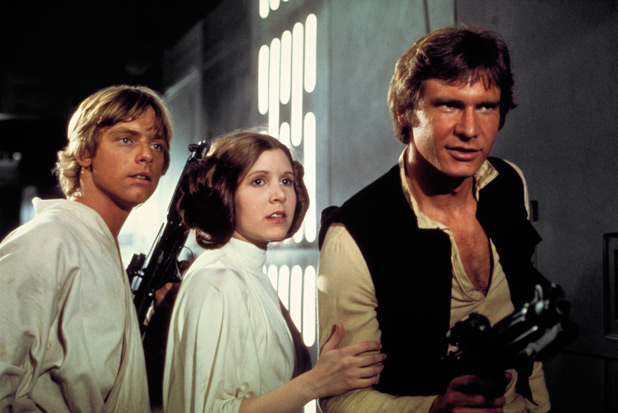As much fun as the old Expanded Universe, now called Legends, was and as much as I loved it it’s fair to say that it had its fair share of problems. Among these were an over-saturation of stories that took place in a small time frame as well as a tendency to rely on the Big Three – Han, Luke and Leia as the main characters in most stories. But now? Things have changed, and I think it’s worth taking a look to see how much ought to change – and what lessons can be learned in going forward with the new Canon.
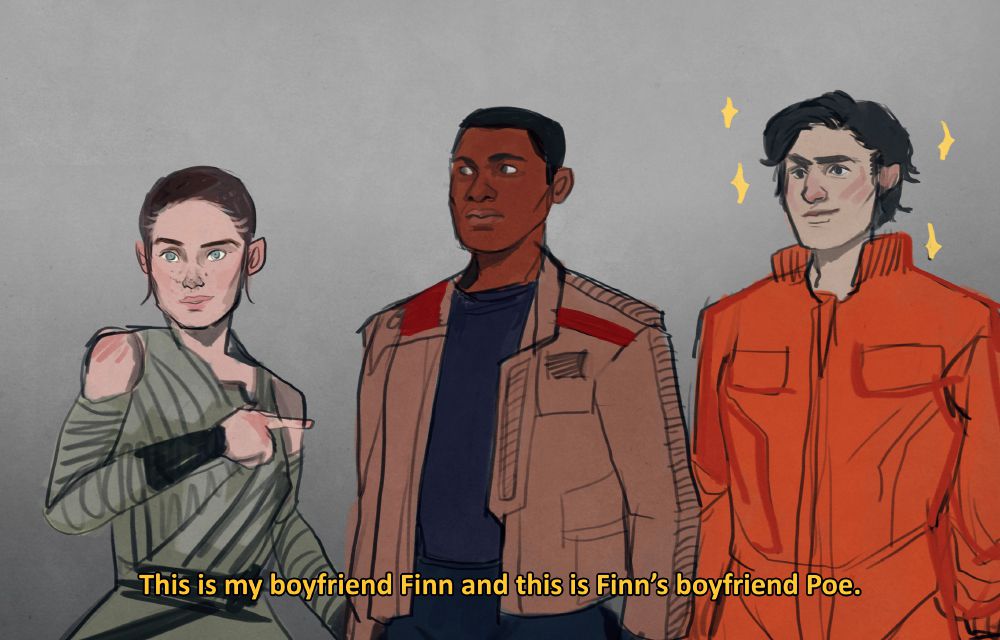
First, let’s identify these ‘problems’ so that we may begin with a solid foundation. Or at least a glossy looking one. I mentioned above that there was an overabundance of stories in a short time frame; this is a reference to the so-called movie era, the time that spans Episodes IV-VI: take a quick perusal of Wookieepedia’s list of books and you’ll notice that a large bulk of the timeline is set between 0ABY and 4ABY (the time period of the movies). This is true, too, of the comics – which can be seen on a similar list (I should note that, unlike the book list, the comic list lacks an in-universe chronology. For now I’ll concentrate only on the books, because I’m not much of a comic reader. For a more detailed analysis I would suggest striking up a conversation/rant with an angry comic book nerd – but I’m not a sadist. Well, not much). While a lot of these books continued to be positively received*, it did cause some consternation. This came in the form of continuity-minded fans who had trouble imagining so many stories taking place in such a small time frame. While not exactly a continuity buff myself (though I love the one-universe concept), it did stretch my credulity that it was such a busy time period, even with a war on. My main concern however is simply era fatigue – reading about that time period is great and all but it would be nice if other, less explored eras got the spotlight. After all, it’s probably a safe bet to say that a lot of Star Wars readers got into the EU because they wanted to know what happened after. That was certainly the draw for me.
*Perhaps the very last books in the EU set in this time frame were Razor’s Edge and Honour Among Thieves, which, as I say, were generally well received.
A possible explanation for this unusually high concentration of stories in that era is that, as new creators joined the cadre of Star Wars writers, they would naturally want to write stories in the era that very likely influenced their childhood (assuming they were kids* in 1977 or later).
*And not Benjamin Button.
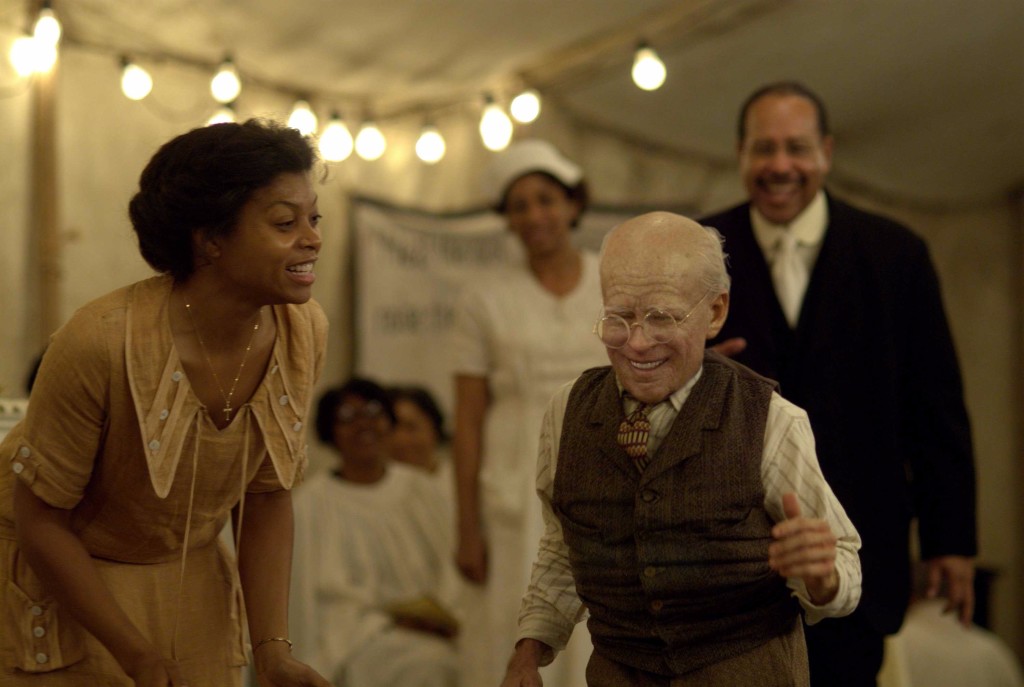
The same can be said for another period in the Star Wars universe: The Clone Wars. I almost fondly recall spectating many a heated debate between continuity buffs arguing over which week, which precise day a certain battle took place and how far along in the Clone Wars did the latest episode of the TV series of the same name occur. It was, to say the least, exhausting.
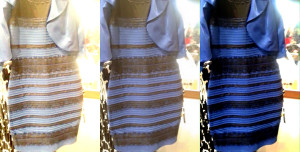
The other problem was that stories tended to revolved around the Big Three – Han, Luke and Leia. Of course, I’m sure there were many who would happily have more Big Three centric books – but for me, this made less sense, narratively, as time wore on. For roughly twenty years the books* introduced a plethora of new characters, from Thrawn, to Daala (yeah I said it), to Wedge and his Rogues and Wraiths, to Borsk Fey’lya and Ben Skywalker, Jaina Solo and Jagged Fel, Allana Solo, Mara Jade and beyond. The EU truly did live up to its name by providing a rich cast upon which writers could draw, and which a new book could reasonably hang its hat on – and yet the most relied upon characters were, indeed, Han, Luke and Leia.
*Again, not neglecting comics and games.
But there was a sound reason for this: It sells*. They’re marketable in a way that Jaina or Vestara Khai were not. Take a look at the covers for the last long EU/Legends series, Fate of the Jedi. Luke, Leia and Han are – to me at least – instantly recognisable. Ben Skywalker and Vestara Khai, two main characters of the series, do feature prominently but you’d require some delving to be sure of their identity. I didn’t even realise it was Tahiri Veila who was on the cover of Conviction (despite her distinctive forehead scars) until I searched that wiki – and she was one of my favourite characters! This is the advantage the Big Three have over anyone else: practically anyone who knows Star Wars, know them. Because of that, they’re much more likely to pick up a book that features them on the cover. If a person were to see, say, Constable Zuvio on the cover then that’s going to be a much more difficult sale.
*One high-level Lucasfilm employee even noted this recently on twitter, though in fantastically bad reporter form, I’ve, erm, misplaced the tweet. Mea culpa.
To approach this from the other side of the curtain: I don’t personally begrudge Lucasbooks and the other retailers doing this because when all is said and done they are a company and, providing they’re not breaking any laws or otherwise doing something unethical, they can do whatever they want. That said, it does also stretch credulity that these same characters would be at the centre of whatever political intrigue it is that is rocking the galactic boat – or be the ones to confront the superweapon that’s blowing a hole in the galactic boat’s hull. And at the risk of being ageist, it does become a problem when those Big Three are, to use the colloquialism, getting too old for this Sith – and where even in-universe it makes narrative sense that it’s time to pass on the galaxy-saving torch to the next generation.
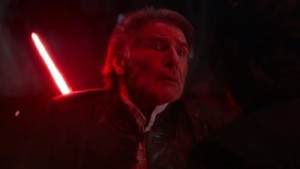
What this means for the Canon
The landscape for the new Expanded Universe, or Canon, has changed so much. When the EU was birthed with Heir to the Empire (in a birth that was more symbolic than technically accurate, since there were a few books and comics that came before) it was in the belief that these books and comics were all that there will be. No movies or TV series were on the horizon. Even the special editions (the first ones) were barely anything more than a twinkle in George Lucas’ eye – if even that. It was up to the EU to tell us the ‘official’ account of what had happened – or what will happen – in the galaxy far, far away.
Not so any more. Now we have a buck-load* of new movies to look forward to – with the new the sequel trilogy guaranteed to follow the new Big Three of Rey, Finn and Poe, as well as the three spin offs. Not to mention whatever comes after; it’s been noted on more than one occasion that Disney execs have desires for one Star Wars movie per year for, well, eternity, I suppose. This is probably unlikely – but it does speak to a commitment to furthering the story of the Star Wars galaxy beyond what we currently know. And this, most importantly, can act as a sort of guiding hand for the new Canon. This makes it entirely likely that the books will remain relevant to the stories being told on screen, which in turn makes them relevant to us, the readers and viewers.
*In the metric system, that is. In Imperial that’s roughly 0.75 Alderaans.
Furthermore, it does mean that the new Canon will have a much tighter consistency. The old EU, as much as I loved it, had its flaws – in that it wasn’t always consistent. Characters, for example, who were killed off in one story would suddenly appear and die in completely different ones. Planets that are described as being one way in one story are suddenly very different. Cultures that have been established as one way – for example, being very martial – suddenly being depicted as the exact opposite. This occurred mainly because it was a universe shared by dozens upon dozens of writers across a wide spectrum of media, such as books, comics, video games, movies and TV series* and as such it’s difficult to keep everyone on the same level. Yet now, thanks to the creation of the story group – a collection of writers and editors whose job** it is to keep all these stories connected – and the knowledge that a cinematic future is all but guaranteed, that enables future creators to explore their stories with a strong safety net. (That said, having no safety net comes with the job of being a writer in a shared universe and this safety net is more for the benefit of us fans).
*Okay, so not that wide a spectrum.
**I’m being slightly disingenuous here, because that’s not the entirety of their job. I merely say so for brevity.
As things currently are, the new Canon still hasn’t even filled in the thirty years between Return of the Jedi and The Force Awakens so of course we don’t need to worry about all this yet. But there will certainly come a time when the books have caught up with the films and so the Canon will turn its attention to the new Big Three. What exactly is going to happen then?
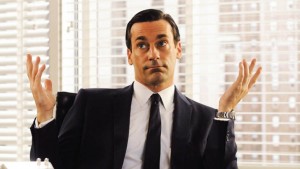
The simple answer is: we don’t know. Is it even probable that these same problems will crop up again? Again, we don’t know. But because it’s possible I believe it’s worth looking into, and it’s definitely worth learning this lesson.
As such, I propose that the books don’t at all focus on the Big Three*. By doing so, the new Canon will avoid practically all of the problems that I’ve laid out above. What they could do is focus on minor or new characters in the same era (more on that later) and as such they could expand the universe (see what I did there?) so that the burden of saving the galaxy is not placed on their shoulders far too often and in an unbelievable and credulity-stretching way. By limiting the number of stories told in this era and with these characters, we also ensure later stories to be told without the need of shoe-horning them into the timeline.
*And if they do decide to do this I’m totally going to claim credit for that. whether they actually read this article or not is irrelevant.
Admittedly this does depend on the X-XII trilogy not jumping ahead yet another 30 or so years – but I think that somewhat unlikely. 10 years, perhaps, but it’s very probable that they’ll stick with the winning formula of Finn, Rey and BB-8. Oh, and Poe. How could I forget him?

For now let’s take it as true that they will stick with these new characters for at least one more trilogy. After all, this is what happened with the original Big Three (not so much Han going forward, admittedly. More like lurching to the side and then going straight down). This presents a new issue: lack of opportunities for personal growth. And by personal growth, I do not mean their deaths. As Chuck Wending noted in a recent interview:
Fiction is at its worst when it hangs on OH GOSH WHO LIVES AND WHO DIES. That’s how you get silly cliffhanger TV shows and fake drama. We as people are more than our deaths, and characters are the same. It’s not about how or when they die, but what happens to them and how they change. There’s a great deal of narrative tension in who [given character] is and who [they] become and how [they] get there—and how it all affects [them] in the end.
This is exactly correct. What’s more, it seems entirely reasonable to assume that the films will be handling each character’s personal growth, leaving very little for book (and comics) writers to build or expand upon in that department. While emotional growth is not the be-all and end-all of narrative goals, it is a major focal point. Without that, it’s my fear that stories will default to a focus on action only. To be clear, this is a personal taste. These are my personal biases/preferences at play here, and are not objective or absolute stances – and as such, your money may vary. To return to my earlier examples of Razor’s Edge and Honour Among Thieves, they were still good books, but for me they were merely good books; personal, emotional strife is what turns the good into the great. (I’m discounting the whole ‘Luke’s girlfriend dies to make him grow!’ thing as an example of good growth. Good grief!)
Of course, the films just might skip around the timeline like a particularly drunk cat playing skipping rope. In which case, have at it, my furry cinematic friend!
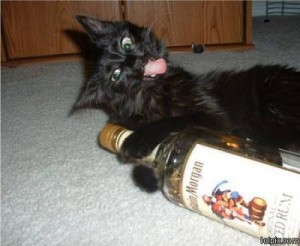
So what could authors do?
Well, I mentioned above that they could take the pressure off the Big Three by focusing on minor or new characters. There are dozens of examples in the old EU of this occurring, most notably the Rogue Squadron and Wraith Squadron series of books by Michael Stackpole and Aaron Allston respectively (very respectively). But let’s not dwell so much on the past because we have several examples set currently, in the new Canon: Star Wars: Rebels and Chuck Wendig’s Aftermath.
Rebels is set five(ish) years before A New Hope and focuses on an entirely new set of characters. Not only that but it’s essentially a different division of the fledgeling Rebel Alliance: Han, Luke, Leia, Ackbar and Rogue squadron in their own elite 101st Airborne Division, as it were, and then you have Ghost and Phoenix Squadron* in another elite division like the 82nd Airborne. Because they are so new and placed in an adjacent manner, this opens up a plethora of storytelling opportunities. On that one show, you have the possibilities of telling Ezra’s descent into darkness, mirroring the rest of the crew’s ascent into herodom. You have the possibility of telling Rogue or Wraith squadron-like stories (emphasis on the ‘like’ because, you know, we already have a Rogue Squadron). You can tell the smaller, not-quite-galaxy-endangering fights of the rebellion against the Empire. And you can explore more personal stories in a way that you can’t with the Big Three, simply because those stories would run counter to their previously established characterisation. For example, you can’t really write about Luke Skywalker’s descent into darkness during the time span of the films, but you can write Ezra’s. You can’t write a story about a rogue turned hero rejecting the cause and walking away, but you can write Hera becoming disenfranchised and leaving her crew high and dry – and arguably you can say we already have an example of this exact thing taking place with Ahsoka during The Clone Wars. You can write all these stories and all these characters independently of the Big Three, without running afoul of the all too possible outcome of having those new characters’ growths becoming all about the main character.
*Though not very elite with their high turnover rate. Jeez, Hera.
So, too, with Aftermath. Lost Stars aside, it’s the first book to show us the galaxy post-Return of the Jedi. Though it’s early for this measure to be of use, an interesting facoid is that this book takes place 1 year after the battle of Endor. In Legends, two novels, both featuring the Big Three, occur in that same time span. Whereas those books feature galaxy altering events, Aftermath focused on a small group of new characters (and one minor character who spent most of his time knocked out. Poor Wedge) in a small-scale conflict. Well, sort of. Much like Bernard Cornwell’s Sharpe novels, Wendig has two conflicts happening concurrently: the small war, which focuses on the immediate, minor mission of our main characters; and the large war, the one that happens mostly in the background and the actions of the large war affect the small war and vice versa. Aftermath sees the Empire trying to regroup and reform (kinda), which is what kicks off the story proper. But the bulk of the story centres around the small war taking place between the main characters and, well, whoever happens to be shooting at them at any given time. And throughout all of this, the focus is on the new, it draws our focus not to what we know and are already comfortable with, but towards the unseen corners of the galaxy.
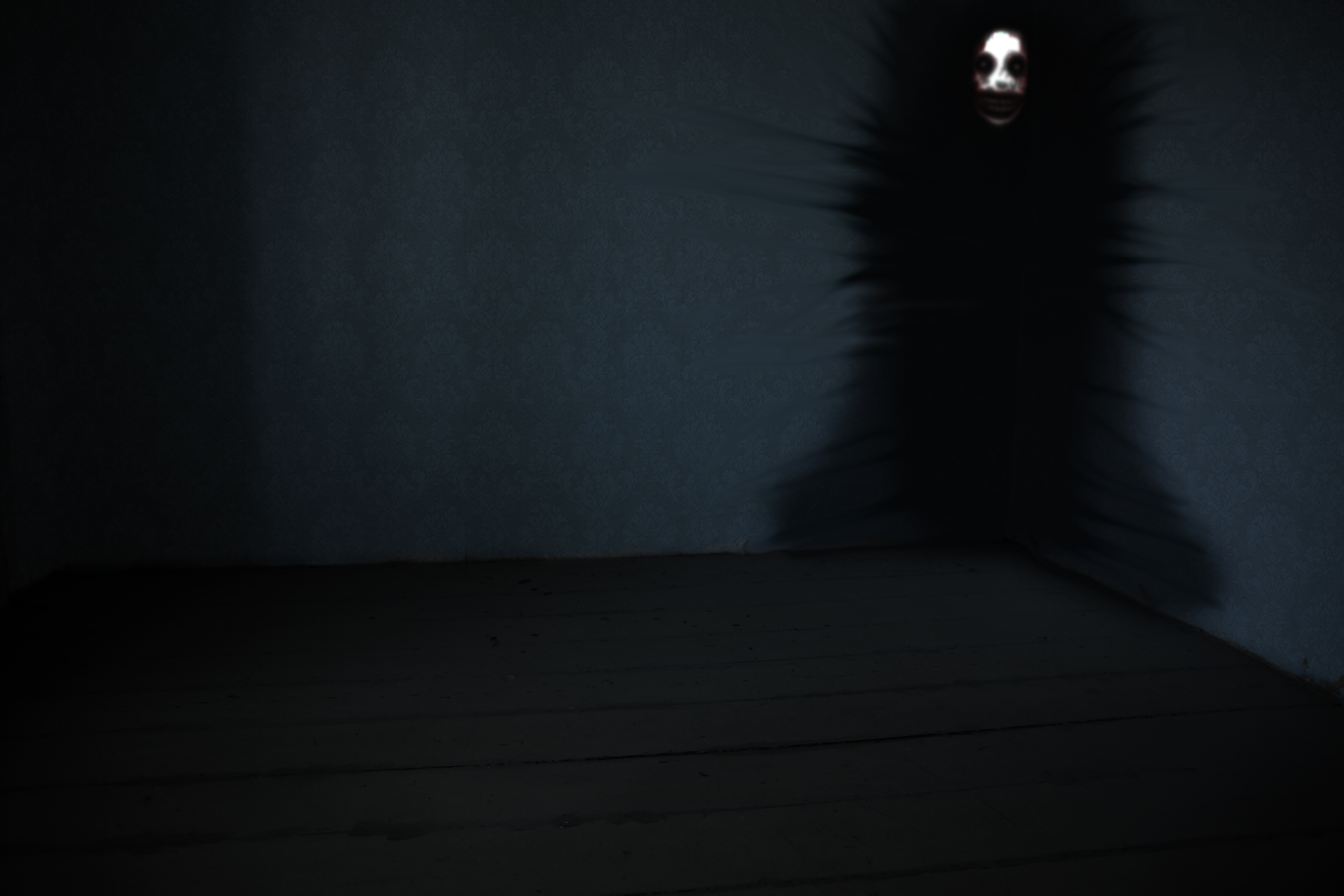
But with all this said and done, there still remains one problem with focusing on the new – and it’s something I mentioned above: the Big Three sell. One of the gripes that fans had with Aftermath is that it didn’t have Han, Luke or Leia present for most of it. This did not go down well – but for a couple of reasons: one is a fault on the side of the publishers, in that it wasn’t explained well enough* that the focus would be on new characters. The other fault should be laid at the feet of us fans: for many, it was expected that we would in fact get a galaxy spanning conflict featuring the Big Three and were somewhat disappointed that this didn’t happen (in which case, reviews are wonderful things and you should read them first – said the reviewer).
*Though that begs the question of what would have been good enough for people who don’t pay attention.
But this ultimately pales in comparison to the fact that stories that feature the Big Three – old and new and upcoming alike – are much more easily marketable and sellable. I personally want stories that feature other characters (and I don’t mean in the way that ClubJade’s Dunc amusingly noted) and I think it would lead to a richer Canonical tapestry in doing so. But at the end of the day, I’m not the one in charge. I don’t have to balance fiscal responsibility with creative duty – which, make no mistake, they* do care about. They’re not some boogeyman business who’ll do anything to keep making money. They’re people passionate about the books they produce, the universe they’re helping to craft. They just get to get paid while doing it (and honestly, wouldn’t you want to as well?). These people do have to take that into account. They strive for the best of both worlds, and if that means that they’ll keep their focus on Rey, Finn and *closes mouth* Poe, I’ll make my peace with it.
*By use of the generic ‘they’ in this paragraph I mean Lucasbooks, Penguin books, Random House, Marvel and everyone else included in the production process.
Author: Michael Dare
Michael Dare is a writer, lives in the UK, and has been slowly coming to terms with the realization that he is not Sherlock, but Watson. He loves Star Wars, dislikes blue milk. Enjoys jumping sharks. Survives on the tears of sexist men, and cheeseburgers.
